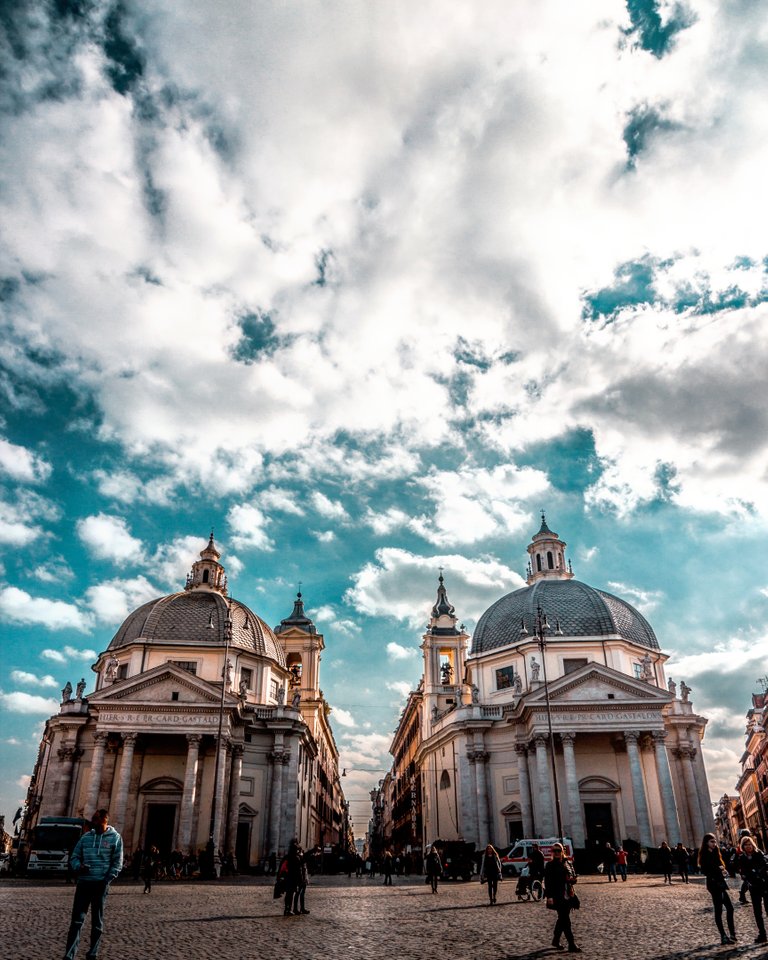
Le chiese gemelle di Piazza del Popolo (Gianluca Colozza's photo - All rights reserved)

Somewhere in Italy you can find some of the most precious treasures that the humanity could ever have seen. Enjoy this photographic journey with us and discover the most fascinating historical places on the Earth.

Da qualche parte in Italia si celano alcuni tra i tesori più preziosi che l’umanità possa mai aver visto. Parti insieme a noi in questo viaggio fotografico alla scoperta dei più affascinanti luoghi storici sulla Terra.

“Felici faustoque ingressui MDCLV” “Per un ingresso felice e fausto“, il messaggio inciso dal Bernini sulla facciata interna di Porta del Popolo, è un po’ come il tappetino con su scritto Welcome che trovi sull’uscio della porta di casa. Questa piazza sarà il primo contatto che avrai prima di inoltrarti nei meandri del centro storico di Roma. Se è vero che tutte le strade portano a Roma, allora è anche vero che tutte le strade portano a Piazza del Popolo! “Il Babuino”, via Ripetta e via del Corso, le tre maggiori arterie del centro storico che costituiscono il cosiddetto Tridente, si incontrano proprio qui, in questa piazza. Le origini del nome dell’ “anticamera di Roma” restano avvolte nel mistero. Ma la versione più accreditata vuole che la piazza prenda il nome da S.Maria del Popolo e dalle leggende che si tramandano. Tra cui quella secondo cui al tempo si aggirasse, su un noce cresciuto dove stavano le spoglie di Nerone, proprio il sui spirito malefico. Per scacciare via la presenza di questo demone, papa Pasquale II fece rimuovere questo noce, sulle cui radici nacque nel 1099 una chiesa dedicata alla Vergine. Ma poiché i lavori furono finanziati dal popolo romano stesso, la chiesa venne commemorativamente chiamata Madonna del Popolo. Elemento di notevole rilievo storico e monumentale è poi, posto proprio al centro della piazza, l’obelisco detto “Flaminio”, alto circa 26 metri che immortala gesta di Seti, definito come "colui che riempie Eliopoli di obelischi perché i loro raggi possano illuminare il tempio di Ra". La rilevanza storica della presenza di questo obelisco è dovuta al fatto di essere il primo obelisco trasferito dal tempio del Sole di Eliopoli a Roma per celebrare la conquista d’Egitto. Sul lato sud della piazza possiamo ammirare invece le due chiese gemelle di S.Maria in Montesanto e di S.Maria dei Miracoli. Iniziate dal Rainaldi e terminate dal Bernini e da Carlo Fontana tra il 1675 e il 1678, le chiese dovevano essere in principio due costruzioni simmetriche, tuttavia lo spazio a disposizione non era sufficiente. Tale problema fu risolto da Rainaldi dotando S.Maria dei Miracoli e S.maria in Montesanto di due cupole differenti, al fine di creare un effetto ottico che le facesse risultare di uguale dimensione. Questa nuova puntata di Somewhere in italy termina qui …ma voi quale strada di Piazza del Popolo imboccherete? Piazza del Popolo (Gianluca Colozza's photo - All rights reserved) “Felici faustoque ingressui MDCLV” "For a happy and auspicious entrance", the message engraved by Bernini on the internal façade of Porta del Popolo, is a bit like the little rug with the word Welcome on the door of the house. This square will be the first contact you will have before you enter the meanders of the historic center of Rome. If it is true that all roads lead to Rome, then it is also true that all roads lead to Piazza del Popolo! "Il Babuino", via Ripetta and via del Corso, the three main arteries of the historical center that make up the so-called Tridente, meet right here in this square. The origins of the name of the "antechamber of Rome" remain shrouded in mystery. But the most accredited version wants the square to take its name from S. Maria del Popolo and the legends that are handed down. Among which the one according to which at the time was wandering, on a walnut grown where the remains of Nero were, just its evil spirit. To drive away the presence of this demon, Pope Pasquale II had this walnut removed, on whose roots a church dedicated to the Virgin was born in 1099. But since the works were financed by the Roman people themselves, the church was commemoratively called Madonna del Popolo. An element of considerable historical and monumental importance is the obelisk called "Flaminio", placed right at the center of the square, about 26 meters high that immortalizes Seti's deed, defined as "he who fills Eliopoli with obelisks because their rays can illuminate the temple of Ra ". The historical relevance of the presence of this obelisk is due to the fact that it is the first obelisk transferred from the temple of the Sun of Heliopolis to Rome to celebrate the conquest of Egypt. On the south side of the square we can admire the two twin churches of S. Maria in Montesanto and S. Maria dei Miracoli. Started by Rainaldi and finished by Bernini and Carlo Fontana between 1675 and 1678, the churches had to be in principle two symmetrical constructions, but the space available was not sufficient. This problem was solved by Rainaldi by equipping S. Maria dei Miracoli and S.maria in Montesanto with two different domes, in order to create an optical effect that makes them look the same size. This new episode of Somewhere in Italy ends here ... which street in Piazza del Popolo will you take?

Vista del Leone e delle Chiese gemelle (Gianluca Colozza's photo - All rights reserved)
Fonti
Contact or Follow us here:
Leopoldo Montini Digital Marketing Facebook
 )
)
Link ai post precedenti
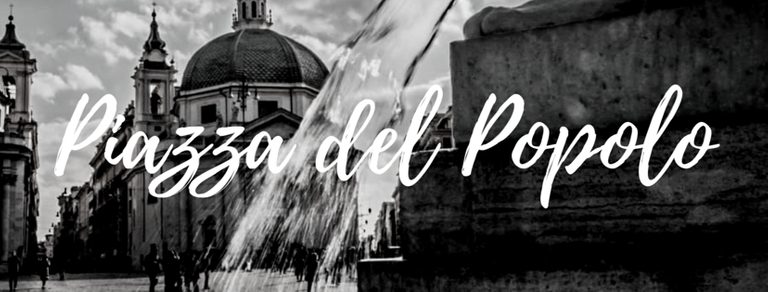 )
)
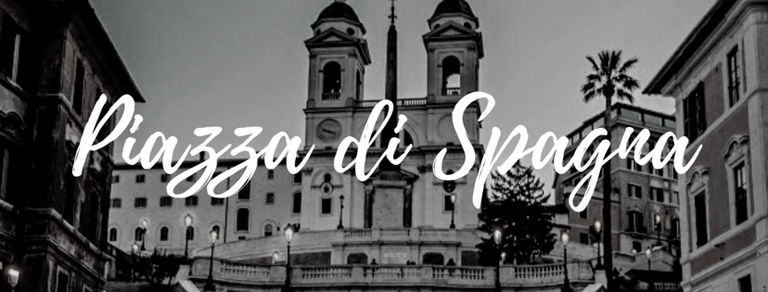
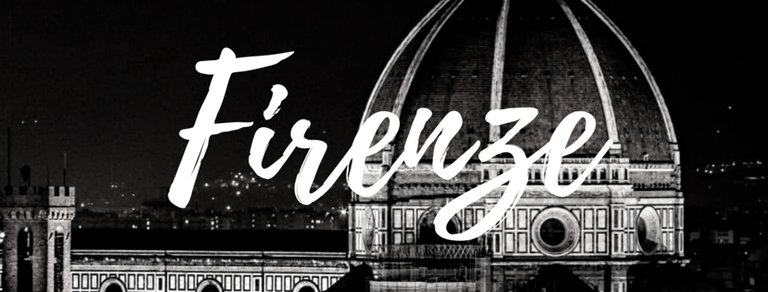
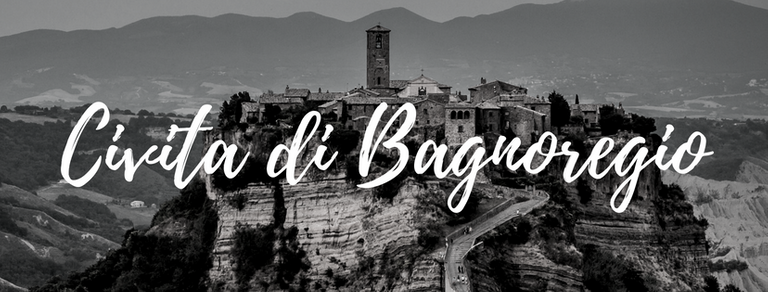
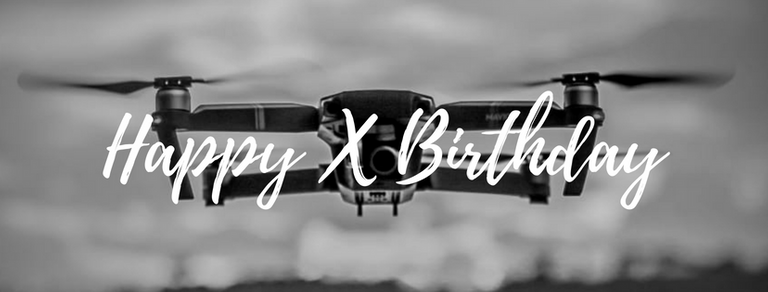

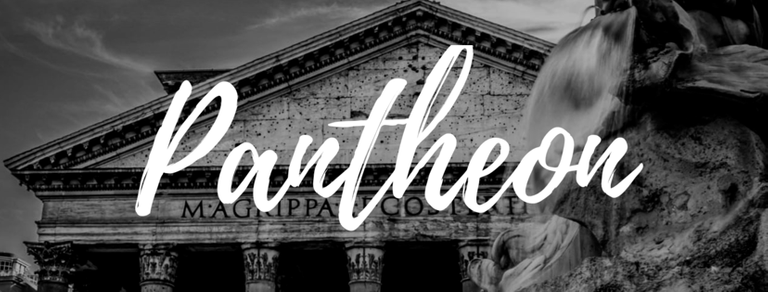
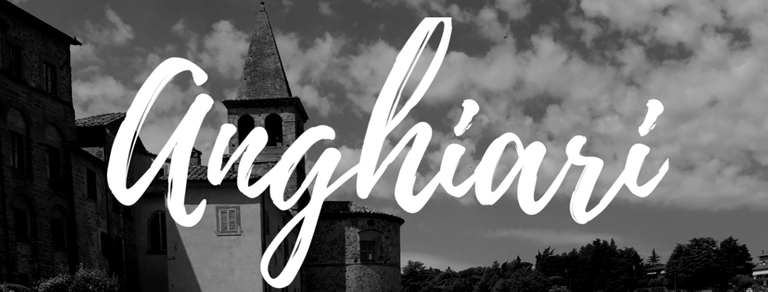

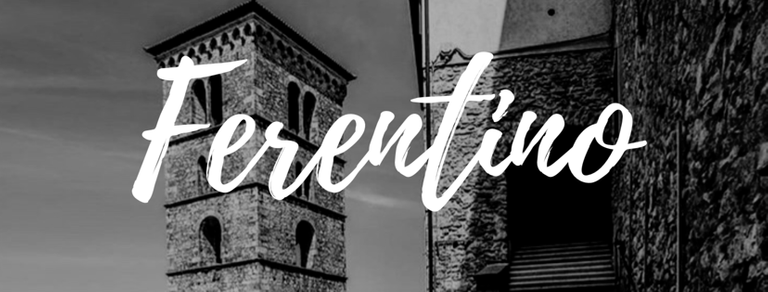
.png)
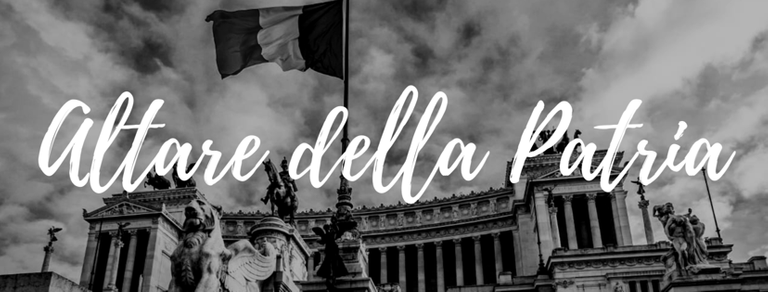
.png)
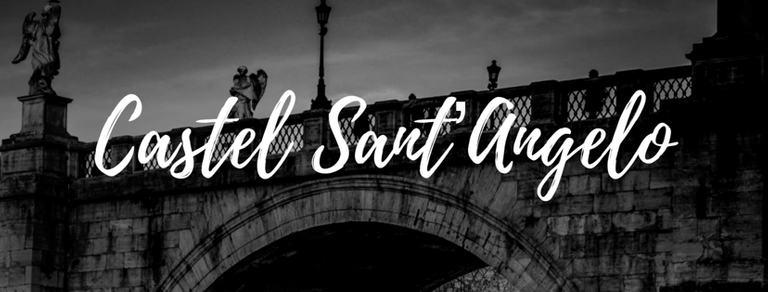
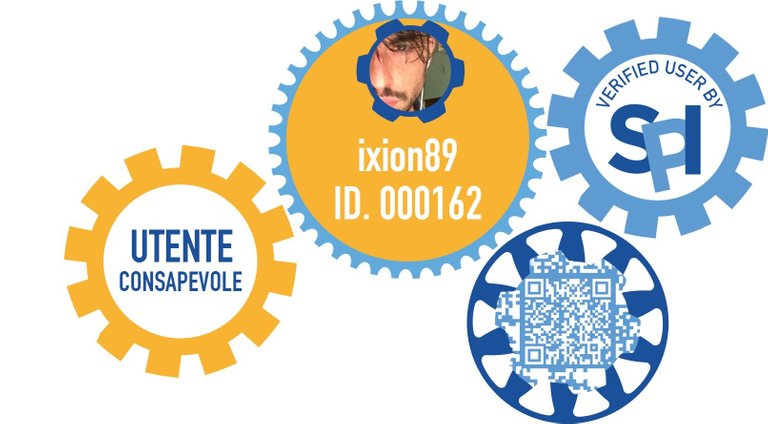
The Creative Crypto is all about art on the blockchain and learning from creatives like you. Looking forward to crossing paths again soon. Steem on!Hello @ixion89, thank you for sharing this creative work! We just stopped by to say that you've been upvoted by the @creativecrypto magazine.